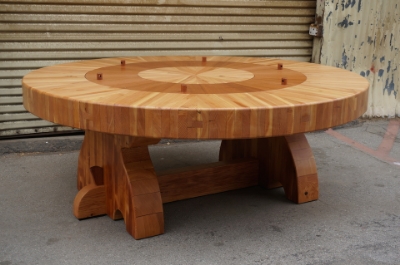By Daniel Ford
Sean Tuohy and I have voraciously listened to podcasts for years (so much so, we decided to start this humble literary podcast in 2014!). We’re constantly looking for innovative storytellers that use the format to broaden our understanding of the world.
We’re also constantly recommending the podcasts we love (as well as shamelessly promoting our own) to others, so we couldn’t have been more excited to see NPR start up a hashtag (#trypod) in order to combat “podcast unawareness.”
Edison Research found that “one in five Americans listened to podcasts every month as of early 2016 – a number that has grown by double-digits for five years,” according to NPR. The #trypod initiative brings together a wide range of the top podcast hosts who will attempt to make people curious enough about the format to download new shows.
Israel Smith, NPR’s senior director of promotion and audience development, graciously talked to me about how the idea for the program originated, how podcasters can participate, and why podcasts are becoming more and more popular.
Daniel Ford: How did the idea for the #TryPod initiative originate?
Israel Smith: At a meeting of major podcasters late last year. We were talking about audience building, and I suggested a collaborative “tell a friend” campaign that became Trypod.
DF: What has the response been like from some of the podcasts that are already involved?
IS: Everyone has been extraordinarily generous and supportive. Things will really kick into gear tomorrow when the project goes live and wide. An example of collaboration: What happens when WBEZ makes kick ass audio promos, and then Jeff Gross and Bill Irwin at Midroll make a video based on that audio and use graphics made by the NPR Marketing team? This:
DF: How can podcasters participate?
IS: Email ismith@npr.org for the project guide.
DF: You mention research that shows that more and more listeners are tuning into podcasts every month. Why do you think the medium is getting more traction?
IS: Podcasts are easy, they’re personal, and they always waiting for you when you’re ready to listen.
DF: NPR has more than a few podcasts that would be on our #TryPod list, but we want to know what you are listening to!
IS: I’m listening to “Bullseye” with Jesse Thorn, “The Daily,” “LPR Live,” and looking forward to the new season of “Embedded” on March 9.
For more information on #trypod, visit NPR’s website.























